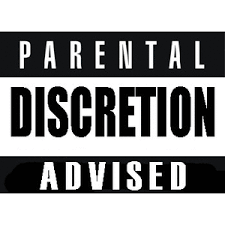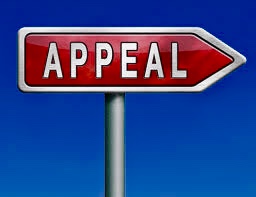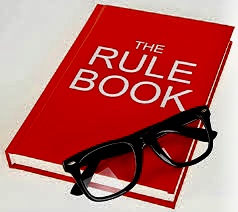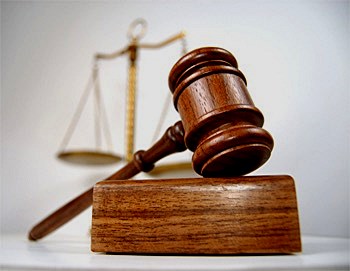Brown v Fisher 2023 BCSC 2070 dealt with an application in a motor vehicle accident case to compel a party to answer various questions at an examination for discovery. The court refused the application on the basis that the proposed questions were too remote and invasive.
The application is governed by R. 7-2(18)(a) and (25), which read as follows:
(18) Unless the court otherwise orders, a person being examined for discovery
(a) must answer any question within his or her knowledge or means of knowledge regarding any matter, not privileged, relating to a matter in question in the action,
…
(25) If a person under examination objects to answering a question put to him or her, the question and the objection must be taken down by the official reporter and the court may:
(a) decide the validity of the objection, and
(b) order the person to submit to further examination and set a maximum duration for that further examination.
In general, the pleadings define the scope of discovery: Cominco v. Westinghouse Canada Ltd. (1979), 11 B.C.L.R. 142, at paras. 8 and 9
A broad or wide scope is to be given on examinations for discovery, given that they are in the nature of a cross examination, such that parties ought not interfere with the examination except where it is clearly necessary to resolve ambiguity or prevent an injustice.
Such a “hands off” approach accords with the principle of proportionality: Kendall v. Sun Life Assurance Co. of Canada, 2010 BCSC 1556 (“Kendall”), at para. 10 – 12 and para. 18, and Nwachukwu v. Ferreira, 2011 BCSC 1755, at para. 33.
The newly imposed time limit on discovery makes it all the more important that the courts enforce the principle that counsel for the examined party must not unduly interfere or intervene during the examination for discovery. The time limit imposes a self-policing incentive on the examining counsel to be focused and to not waste time on questions that will not advance the purpose of investigating the case or obtaining admissions for use at trial.
In this respect, the scope is broader than that of document discovery: More Marine Ltd. v. Shearwater Marine Ltd., 2011 BCSC 166, at paras. 6 to 9.
However, there are limits to the discovery rights. In this respect, a party is not expected to, as has often been said, “throw open their file cabinets” to allow unlimited inquiries into their private affairs, including their medical history
The defendant relies on the following decisions:
a) Hickey v. Roman Catholic Archdiocese of Vancouver, 2015 BCSC 2314, where the court found that questions regarding a motor vehicle accident 10 years prior to the subject accident, and whether any compensation was received, was not objectionable; and
b) Andrist v. Bryant, 2023 BCSC 490 at para. 35, where the court agreed that a blanket objection to questions abut the plaintiff’s medical history beyond two years prior to the subject accident was unreasonable. However, I note that the court specifically referenced the plaintiff’s medical history, which included evidence of back and neck issues prior to the subject accident, and a traumatic brain injury in both 2001 and 2018 (the subject accident was in December 2018).
The plaintiff relies on the following statements made in Marchant-Larson v. Bahrami, 2017 BCSC 2337, in support of a general two-year rule:
(7) The defendants bring no specific evidence in support of their application that more than two years of records are required. They simply point to the pre-existing conditions, the evidence that these pre-existing conditions are of some considerable length and history prior to the accident, and certainly well prior to two years before the accident. There is no evidence from any expert that more than two years of disclosure are required in order to properly analyse her propensity for having the problems she is currently experiencing or to establish the baseline for an analysis of her present condition.
(8) There is nothing before me that takes this outside of the sort of general concept that two years prior to a motor vehicle accident is a sufficient investigation, barring other evidence, to allow the defendants to properly investigate the facts surrounding pre-existing conditions.










